The world is full of plants, some of which are highly toxic and can cause serious harm or even death to humans and animals. From the deserts of Australia to the South American jungles, these plants are widespread throughout the world.
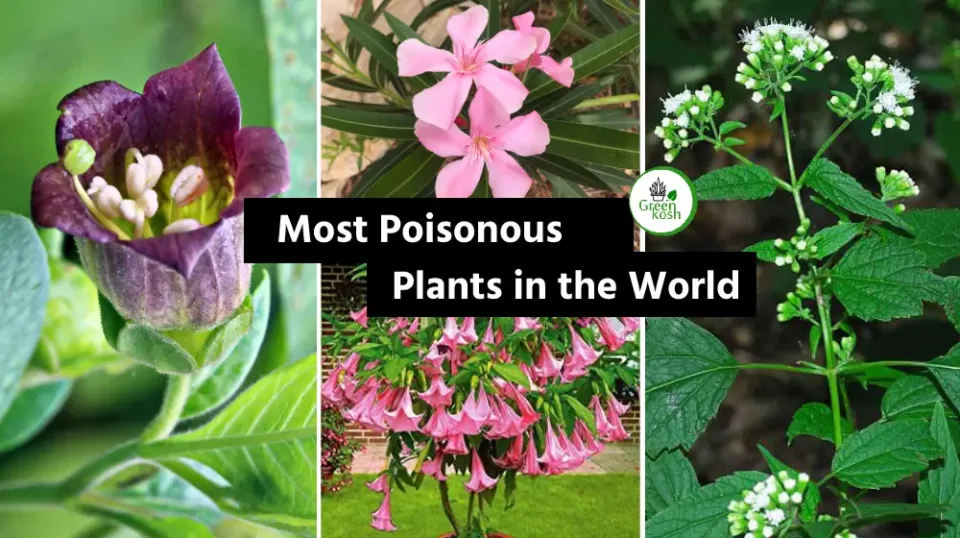
Most Poisonous Plants in the World
All of these plants are highly toxic and dangerous to humans and animals. Ingesting or touching any of these plants can lead to serious health complications or even death. Some of these plants are often used for medicinal or hallucinogenic purposes, but the risks far outweigh any potential benefits.
The most dangerous plants in the world, their risks, and how they affect people and animals will all be covered in this article.
1. Castor Bean

The castor bean (Ricinus communis) plant is native to Africa, but it can now be found all over the world. It is highly toxic, containing a protein called ricin that can cause death in humans and animals. Ingesting just one or two seeds can be fatal. The symptoms of ricin poisoning include abdominal pain, vomiting, diarrhoea, and seizures.
2. White snakeroot
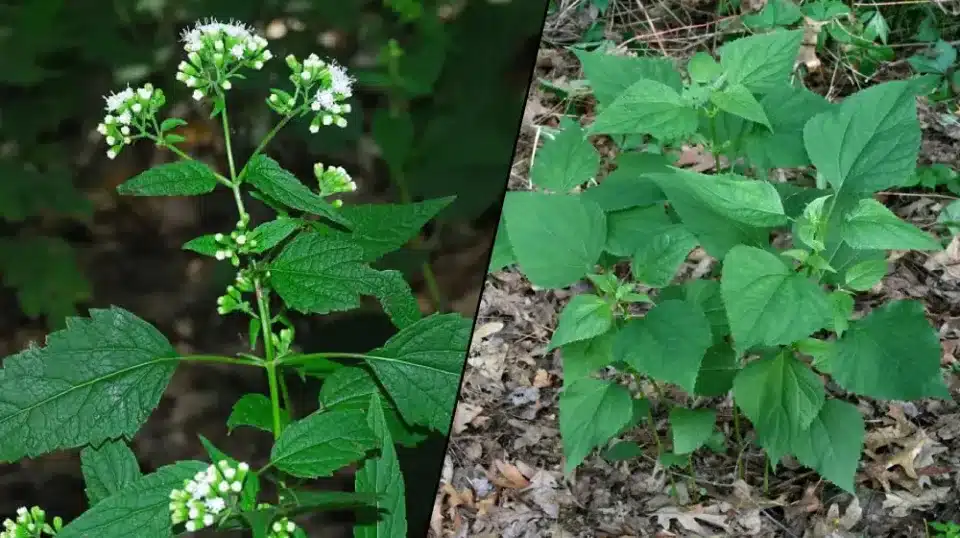
White Snakeroot (Ageratina altissima) is a plant native to North America that contains a toxin called tremetol. The plant is highly poisonous to livestock and can cause a condition known as trembles, which can lead to convulsions and death. In humans, white snakeroot can cause milk sickness, which was responsible for the death of Abraham Lincoln’s mother, Nancy Hanks Lincoln.
3. Deadly nightshade
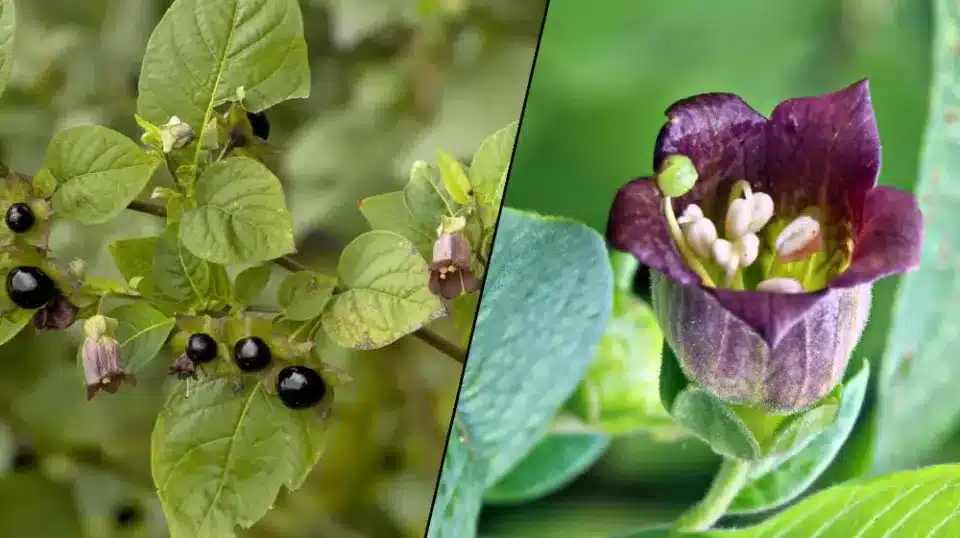
Deadly Nightshade (Atropa belladonna) is a highly poisonous plant that is native to Europe, North Africa, and Western Asia. It contains a chemical called atropine, which can cause hallucinations, delirium, and death. Ingesting just a few berries can be fatal, and even touching the plant can cause skin irritation.
4. Poison hemlock
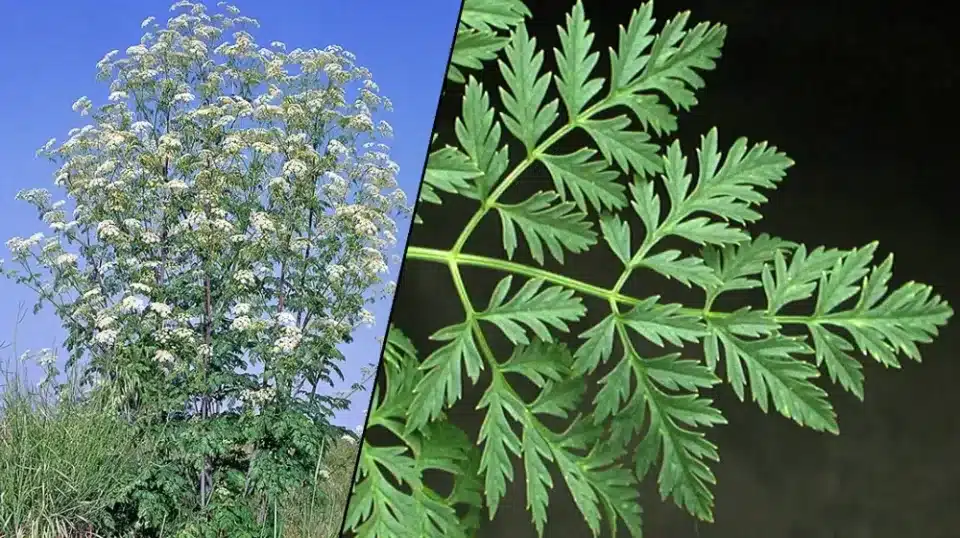
Poison Hemlock (Conium maculatum) is a highly toxic plant that is native to Europe and North Africa. It contains a poison called coniine, which can cause respiratory failure and death. The plant is often mistaken for other plants, such as wild carrot or parsley, which can lead to accidental ingestion.
5. Angel’s trumpet
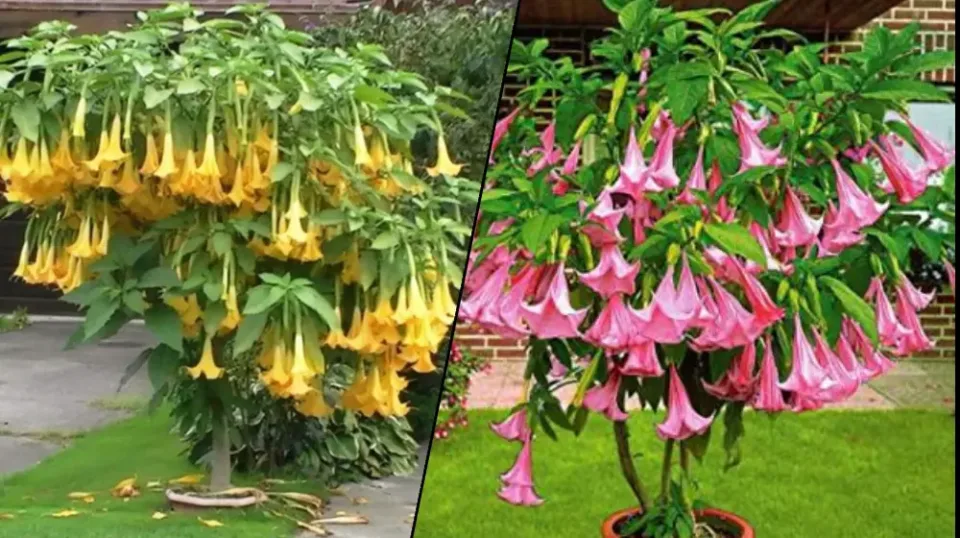
Angel’s Trumpet (Brugmansia) is a plant native to South America that contains tropane alkaloids, which can cause hallucinations, paralysis, and death. Ingesting just a few leaves or flowers can be fatal, and even touching the plant can cause skin irritation. The plant is often used as a hallucinogenic drug, but the risks far outweigh any potential benefits.
6. Oleander Plant

Oleander (Nerium oleander) is a highly toxic plant that is native to the Mediterranean region. It contains a number of toxins, including oleandrin, which can cause nausea, vomiting, seizures, and death. Ingesting just one or two leaves can be fatal, and even touching the plant can cause skin irritation.
7. Foxglove Plant
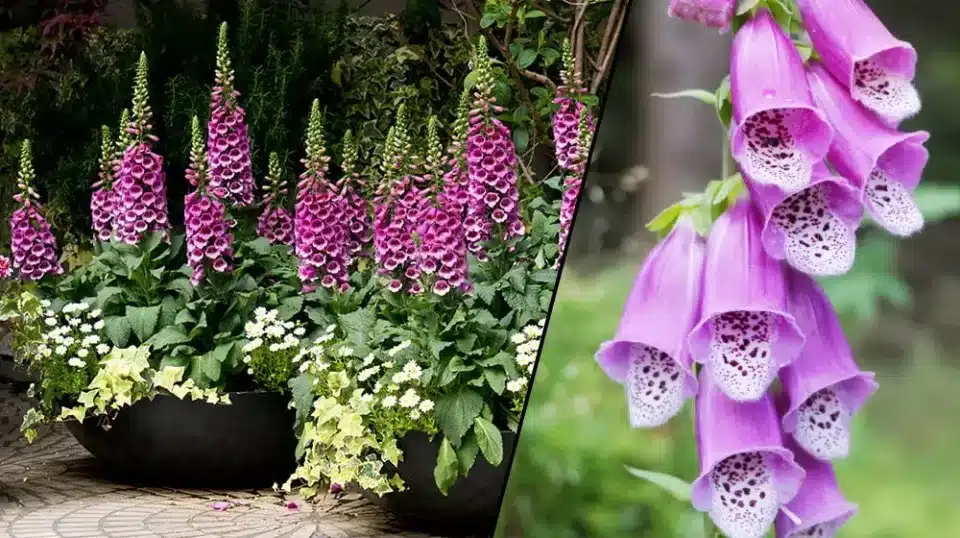
Foxglove (Digitalis purpurea) is a plant native to Europe that contains a number of toxins, including digitoxin and digoxin. These toxins can cause nausea, vomiting, seizures, and death. Ingesting just a few leaves can be fatal, and even touching the plant can cause skin irritation. The plant is often used as a heart medication, but the risks far outweigh any potential benefits.
8. Manchineel

Manchineel (Hippomane mancinella) is a highly toxic plant that is native to the Caribbean and parts of South America. It contains a toxin called phorbol, which can cause severe skin irritation, blistering, and even blindness if it comes into contact with the eyes. Ingesting the fruit of the plant can cause severe abdominal pain, vomiting, and diarrhea, and in severe cases, can be fatal.
9. Datura
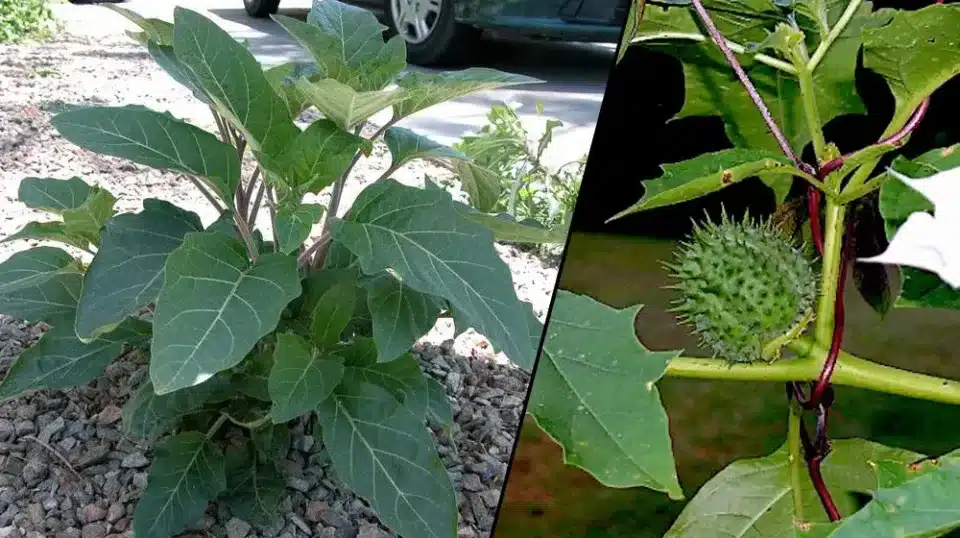
Datura (Datura stramonium) is a highly toxic plant that is native to North America, but can now be found all over the world. It contains a number of toxins, including atropine, scopolamine, and hyoscyamine, which can cause hallucinations, delirium, and death. Ingesting just a few seeds can be fatal, and even touching the plant can cause skin irritation.
10. Suicide Tree

The Suicide Tree (Cerbera manghas) is a plant commonly found in India and Southeast Asia. It contains a toxin called cerberin, which can cause heart failure, respiratory failure, and death. The plant is known for its ability to cause rapid and painless death, and has been used in suicides and murders.
It is important to note that these plants should never be ingested or touched, and if you suspect that you or someone else has been exposed to any of these plants, seek immediate medical attention. Additionally, it is important to always properly identify any plant before handling it, as many toxic plants can be easily mistaken for harmless ones.
In conclusion, while the world is full of beautiful and fascinating plants, it is important to be aware of the most poisonous ones. These plants can be highly toxic and dangerous, and should always be approached with caution. Remember to always properly identify any plant before handling it, and if you suspect that you have been exposed to any of these plants, seek immediate medical attention.
FAQs
Q1: What are the symptoms of poisoning from these plants?
Symptoms of poisoning from the most poisonous plants in the world can range from mild to severe, depending on the plant and the amount ingested. Symptoms can include nausea, vomiting, diarrhea, convulsions, coma, and even death in some cases.
Q2: How can someone protect themselves from accidental poisoning from these plants?
One of the best ways to protect yourself from accidental poisoning from these plants is to learn to identify them and avoid contact with them. You should also teach children not to touch or eat any plants unless they are sure they are safe. If you suspect poisoning from a plant, seek medical attention immediately.
